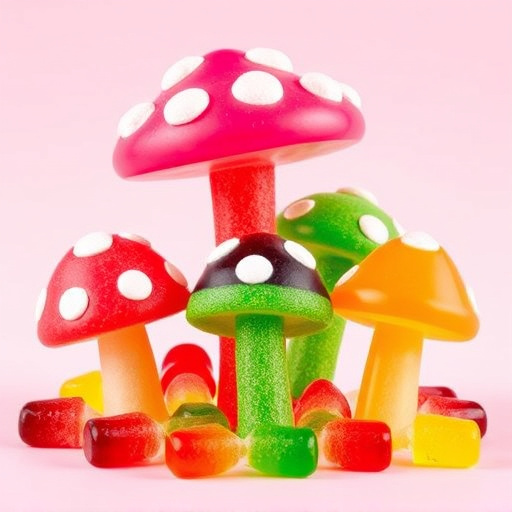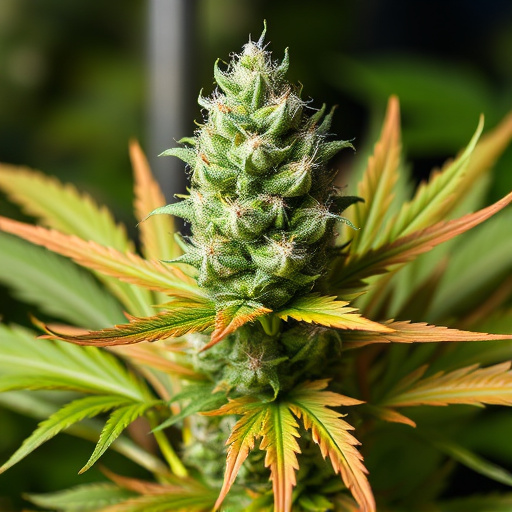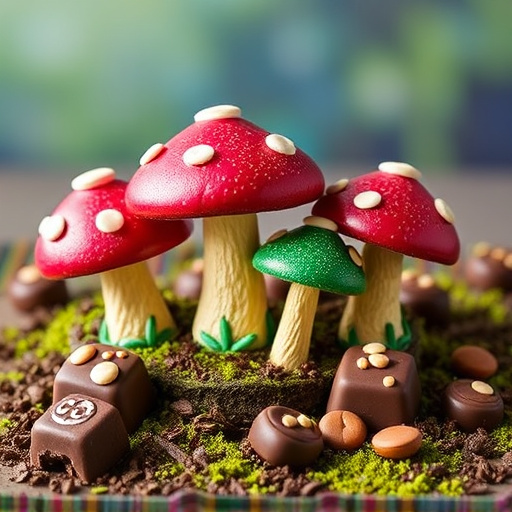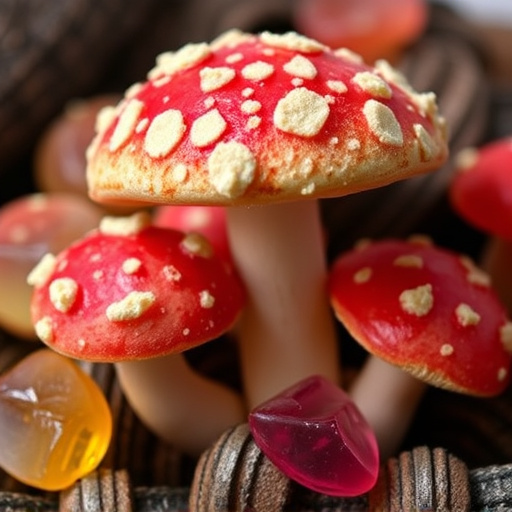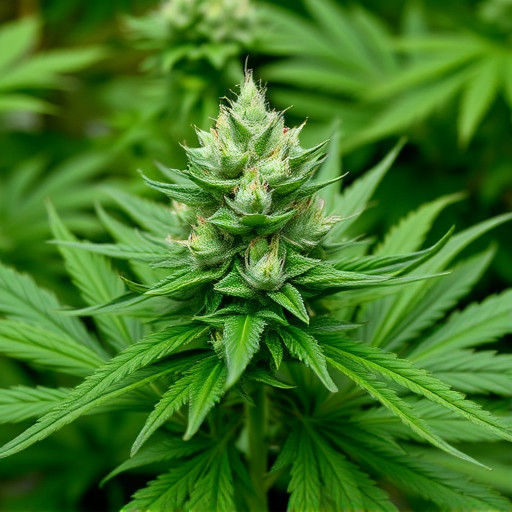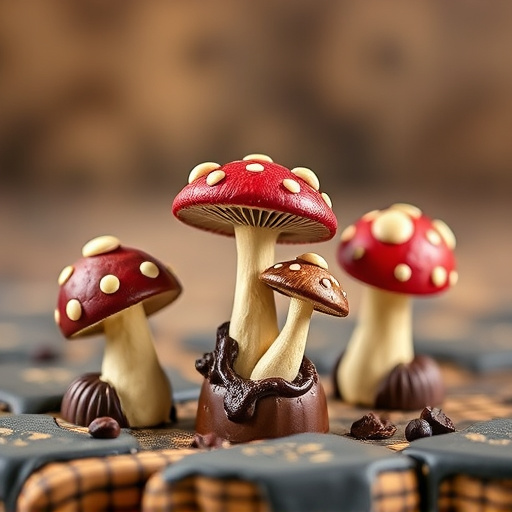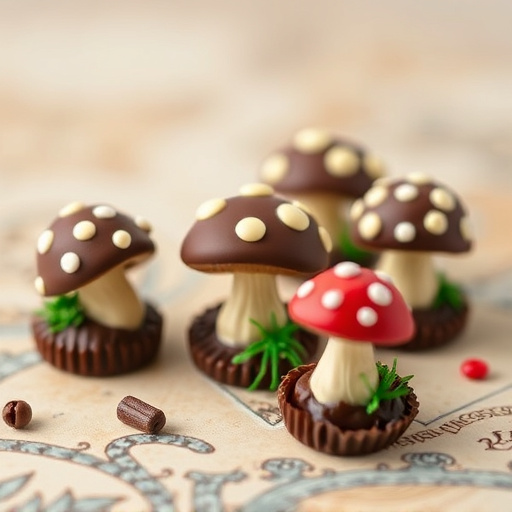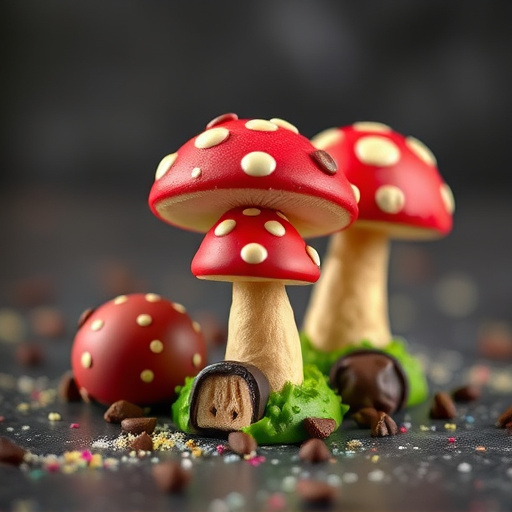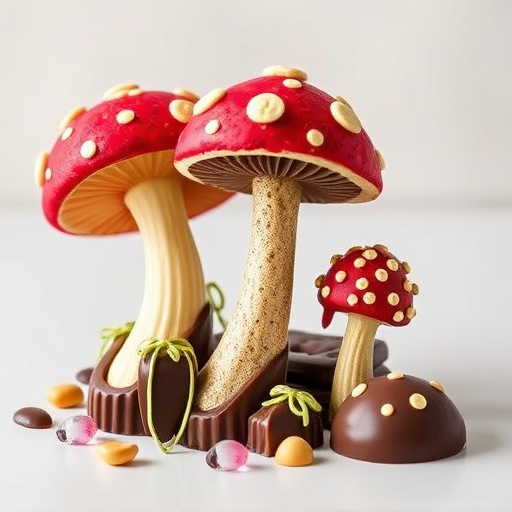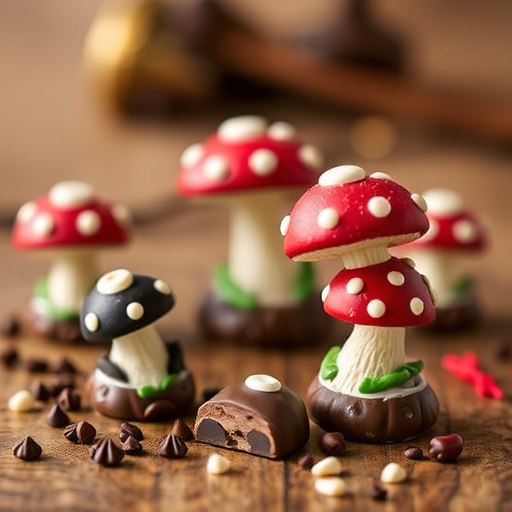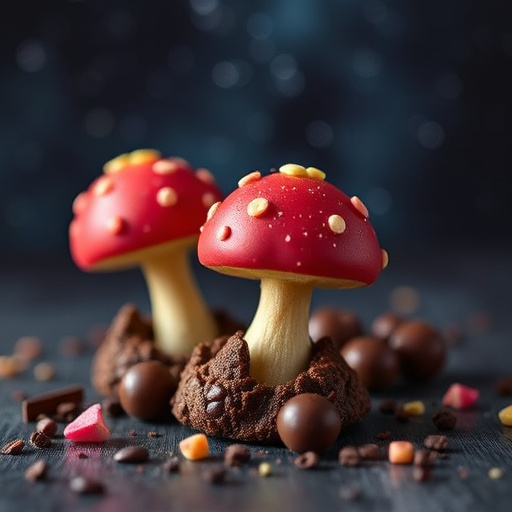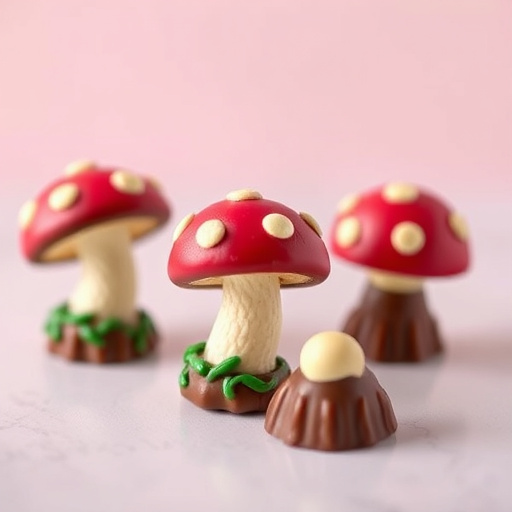"The Science Behind Magic Mushroom Chocolates" explores the unique fusion of culinary arts and biochemical science in creating these treats, which combine powerful psychoactive compounds from psilocybin mushrooms with chocolate. Research suggests psilocybin's potential therapeutic benefits for depression, anxiety, and end-of-life fear, backed by studies showing its effectiveness. The process involves infusing high-quality chocolate with psilocybin through methods like solvation or encapsulation. While offering indulgent pleasure, magic mushroom chocolates also hold promise for promoting mental health and well-being. However, caution is advised due to psilocin's unpredictable effects and regulatory challenges, emphasizing the need for responsible integration into the wellness market.
“Unleash a new realm of sensory experiences with high-potency magic mushroom chocolates—a fusion of nature’s psychedelics and culinary delight. This article delves into the science behind these innovative treats, exploring the active compounds found in magic mushrooms and their interaction with chocolate. We’ll navigate the intricate process of infusing chocolates with psychedelic compounds, dissect potential benefits, and address risks, while shedding light on regulatory considerations surrounding this intriguing trend. Let’s embark on a journey through the tapestry of The Science Behind Magic Mushroom Chocolates.”
- Understanding Magic Mushrooms and Their Active Compounds
- The Process of Infusing Chocolates with Psychedelic Compounds
- Potential Benefits, Risks, and Regulatory Considerations
Understanding Magic Mushrooms and Their Active Compounds
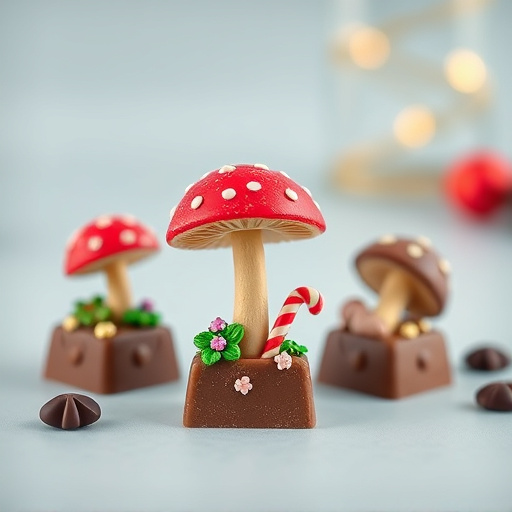
Magic mushrooms, scientifically known as psilocybin mushrooms, contain powerful psychoactive compounds that have intrigued scientists and users alike for decades. The primary active substances found in these fungi are psilocybin and psilocin, which affect the human brain by binding to specific serotonin receptors. This interaction leads to altered perceptions, heightened creativity, and spiritual experiences often associated with “tripping.”
The science behind magic mushroom chocolates revolves around integrating this natural psychoactive substance into edible forms like chocolate bars or truffles. By infusing these mushrooms, manufacturers create products that offer a unique culinary experience. More importantly, research has explored the potential therapeutic benefits of psilocybin, suggesting it could be effective in treating conditions such as depression, anxiety, and end-of-life fear. This growing body of scientific interest has fueled the development of magic mushroom chocolates not just as a recreational delight but also as a promising avenue for mental health treatment.
The Process of Infusing Chocolates with Psychedelic Compounds
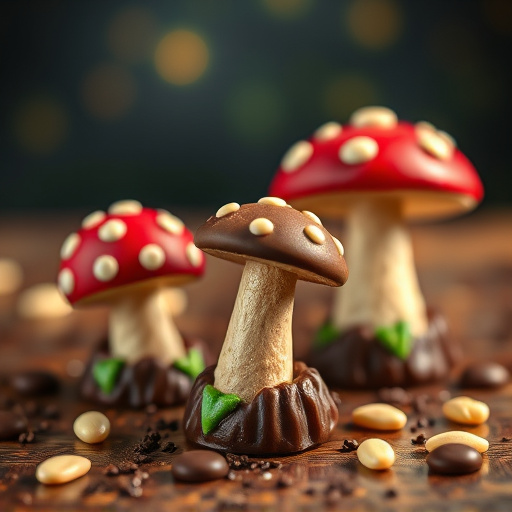
The process of infusing chocolates with psychedelic compounds, commonly known as magic mushroom chocolates, involves a fascinating blend of culinary arts and biochemical science. It begins with the careful selection of high-quality chocolate, which serves as the base for this unique confectionery experience. The chocolate is then infused with a specific psychedelic compound, most often derived from the mushrooms themselves or synthesized in a laboratory setting. This infusion process can be achieved through various methods, including solvation, where the compounds are dissolved in a solvent and absorbed into the chocolate, or encapsulation, where microscopic packets of the compound are embedded within the chocolate matrix.
The science behind magic mushroom chocolates delves into the interaction between the psychoactive compounds and the sensory experience offered by chocolate. Compounds like psilocybin, found in certain mushroom species, have shown promising therapeutic effects for various mental health conditions. When incorporated into chocolate, these compounds interact with the body’s serotonin receptors, leading to altered states of consciousness and heightened sensory perception. The result is a unique culinary experience that combines the indulgent pleasure of fine chocolate with potential psychological benefits, making magic mushroom chocolates not just a delightful treat but also an intriguing subject for exploration in the intersection of gastronomy and psychology.
Potential Benefits, Risks, and Regulatory Considerations
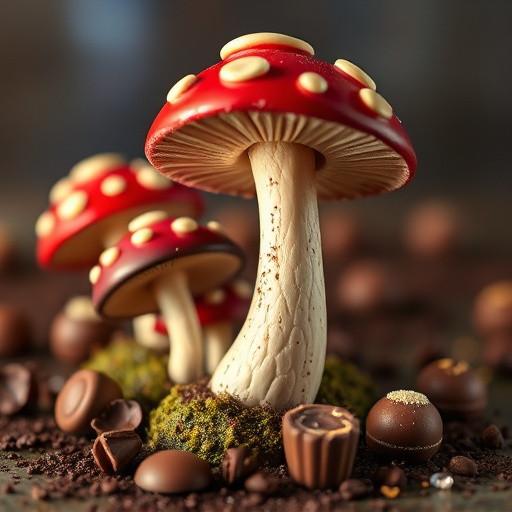
The science behind magic mushroom chocolates reveals a potential goldmine of therapeutic benefits rooted in the active compounds present in psilocybin mushrooms, notably psilocin. When infused into chocolate, these compounds can enhance mood, reduce anxiety, and promote feelings of well-being. Research suggests that microdosing magic mushroom chocolates may improve creativity, focus, and overall mental clarity. Furthermore, they could offer relief for individuals suffering from conditions like depression, PTSD, and chronic pain, as psilocybin has shown promise in clinical trials.
However, it’s crucial to approach this trend with caution. Magic mushroom chocolates are not without risks. The effects of psilocin can be unpredictable, leading to potential adverse reactions such as nausea, paranoia, or heightened anxiety. Additionally, regulatory considerations pose a challenge due to the illegal status of psilocybin in many countries. As research continues, striking a balance between harnessing the potential benefits and ensuring consumer safety remains paramount for the responsible integration of magic mushroom chocolates into the wellness market.
The science behind high-potency magic mushroom chocolates is an intriguing blend of psychopharmacology and culinary art. Understanding the active compounds within magic mushrooms and meticulously infusing them into chocolates opens a realm of potential therapeutic benefits while navigating complex regulatory landscapes. As the demand for innovative, natural wellness solutions grows, continued research and responsible development are crucial to unlocking the true potential of these mind-altering treats.

